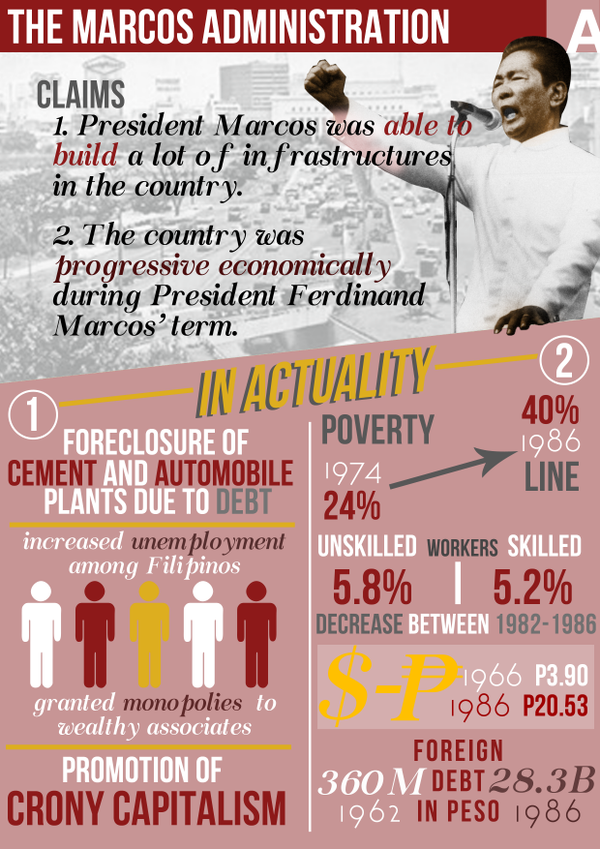The Worldwide History And Change Of Martial Arts
The Worldwide History And Change Of Martial Arts
Blog Article
Produced By-Stevenson Fallon
Martial arts have a fascinating background that extends centuries and continents. You may discover it appealing exactly how ancient methods like Shuai Jiao and Kalaripayattu laid the groundwork for contemporary battle methods. what age can my child learn martial arts emphasize physical abilities but also mirror the societies that birthed them. As you discover their advancement, consider how globalization has changed these standard types right into hybrid styles. What influences do you think have formed today's martial arts landscape?
Ancient Martial arts: The Structures of Combat
As you explore the globe of ancient martial arts, you'll discover the rich structures that shaped combat techniques across cultures. Early techniques focused on Self-Defense and survival, commonly incorporating strikes, grappling, and weaponry.
In ancient China, as an example, techniques like Shuai Jiao stressed tosses and joint locks, while India's Kalaripayattu showcased dexterity and liquid motion. Japanese samurai created Kenjutsu, a refined swordsmanship that highlighted technique and approach.
These martial arts served not just for battle however additionally as a means of individual advancement, instilling values like regard and perseverance. The mixing of these strategies with time laid the groundwork for the varied martial arts you see today, each showing the unique approaches and needs of its culture.
The Social Impact on Martial Arts Advancement
While martial arts commonly reflect the functional requirements of a culture, they likewise symbolize the cultural values and ideas of their origins. When https://www.scmp.com/sport/martial-arts/mixed-martial-arts/article/3230875/one-championship-anatoly-malykhin-tells-reug-reug-amir-aliakbari-ill-beat-you-both-same-night discover various martial arts, you'll see exactly how they're influenced by faith, approach, and social norms.
As an example, the emphasis on regard and technique in Japanese martial arts stems from Zen Buddhism and samurai society. In contrast, Brazilian Jiu-Jitsu promotes flexibility and technique, shaped by the need for efficiency in a diverse, modern setting.
You may find that the rituals, uniforms, and training methods show a community's background and identification. By comprehending these cultural impacts, you grow your gratitude of martial arts and their duty in shaping human experiences around the world.
Modern Adaptations and the Globalization of Martial arts
Martial arts have actually transformed dramatically in current decades, adapting to modern culture and worldwide impacts. You'll notice that standard forms have mixed with modern techniques, developing hybrid styles like mixed martial arts. These adaptations cater to varied audiences, making martial arts available and attractive globally.
With the surge of social networks and electronic platforms, you can find tutorials and competitions from all corners of the world, breaking geographical obstacles. This globalization has actually brought about a shared admiration for various disciplines, from Brazilian Jiu-Jitsu to Taekwondo.
As you involve with these arts, you'll understand they're not just about combat; they advertise physical fitness, discipline, and mental well-being.
Ultimately, contemporary adaptations have improved the martial arts landscape, making it a vibrant and progressing method.
Conclusion
In exploring the history and advancement of martial arts, you uncover a fascinating mix of techniques, societies, and viewpoints. From old self-controls like Shuai Jiao and Kalaripayattu to the modern versatility seen in mixed martial arts, martial arts reflect humanity's mission for Self-Defense and personal growth. As you involve with these methods, you not just gain skills yet also a much deeper gratitude for the diverse customs that shape our globe today. So, continue your journey and embrace the art of combat!
